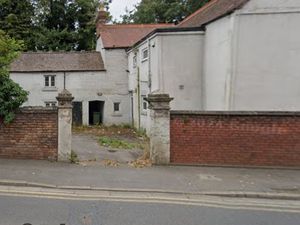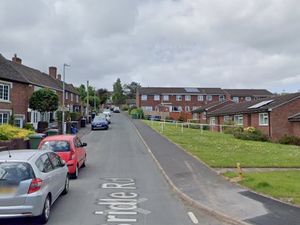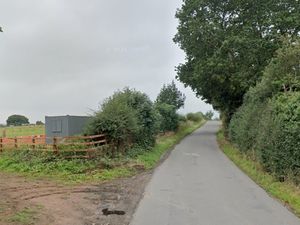Historic railway station in line for new lease of life in homes plans
It was once a hub of activity. Ellesmere Railway Station was, for a century, busy with both passenger and freight trains
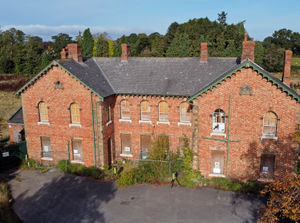
Now it is to get a new lease of life after Shropshire Council recently granted planning permission to convert the historic building into seven apartments and build more than 50 homes on the adjoining land.
Permission was granted despite fears of town councillors that the access from the site on to Brownlow Road uses roads that are already congested.
These aerial photos taken by Star photographer, Tim Thursfield, show just how big the railway site was.
The railway opened in 1863 and was closed, as part of the Dr Beeching cuts to the railways, in 1965.
In its heyday it carried the Whitchurch to Welshpool rail line, an important route for the agricultural area and later, also the Ellesmere to Wrexham Central line.
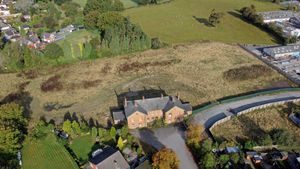
Goods and people could move rapidly to and fro. The arrival of the railway meant that cattle and other livestock could be shipped to other parts of the country. and a livestock market grew besides the railway with two cattle loading and unloading docks.
Ellesmere station had two platforms.
But with more and more people owning cars the Ellesmere Wrexham line closed in 1962 followed three years later by the original Whitchurch to Welshpool track. The station closed to passengers on January 18, 1965, as part of the Beeching railways review.
The station building has survived with the platform and canopy still intact.
Planning permission has been granted to developers, Homes England, to convert the grade two listed railway station into seven apartments and an outline application for 58 homes on the land.
Ellesmere Town Council had objected to allowing the building.
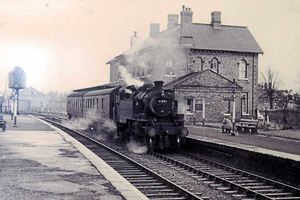
Councillors said Brownlow Road and the two junctions on to Trimpley and Willow Street were wholly unsuitable for the extra traffic.
However planners said that the plans were an opportunity for the sensitive conversion of the grade II listed station building which will secure its long term future by bringing it back into an active use.



